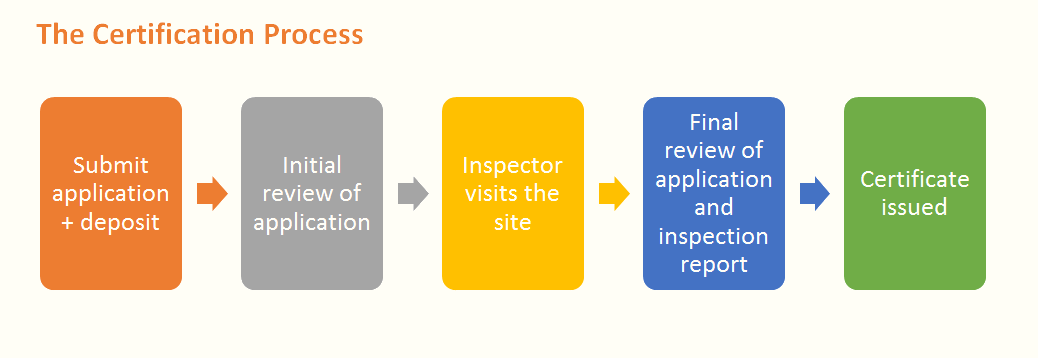

What is OHSAS 18001?
OHSAS 18001:2007 was developed in response to demand for a recognisable health and safety management system standard that could be externally assessed and certified.
With OH&S management extending to global organisations and complex supply chains, an international standard was needed to ensure a consistent approach for workers worldwide. The new international OH&S standard, ISO 45001:2018, was published on 12 March 2018 with organisations certified to OHSAS 18001 given a three-year migration period from the date of publication.
ISO 45001 combines the technical strength of existing OH&S standards, including OHSAS 18001, with the high-level structure of other international standards like ISO 9001 (Quality) and ISO 14001 (Environment) to make it easier to integrate into higher-level business management systems.
Why do I need a health and safety management system?
As a business owner, you are legally obliged to provide a safe working environment for your employees. This means doing everything you can to ensure that you and your staff won’t get hurt or contract an illness due to something in the workplace.
Implementing an ISO 18001-compliant health and safety management system is a great way to ensure that you are protecting your workers and meeting your legal obligations. A good health and safety management system covers all possibilities and constantly evolves to ensure that any new risks are accounted for as soon as they arise.
Benefits of OHSAS 18001 Occupational Health and Safety Management
Here are some benefits of using the OHSAS 18001 framework:
- Reduce the risk of fines – The standard drives increased employee awareness of and compliance with legal OH&S obligations, minimising the risk of legal action
- Improve your corporate image – having best-practice OH&S measures in place to protect staff can increase stakeholders and interested parties’ confidence
- Implement clear OH&S processes – Protect the health and well-being of your employees, sub-contractors and the general public by implementing clear processes that everyone can easily follow
- Minimise employer liability – by adopting proactive rather than reactive controls
- Reduce accident rates – the standard helps you to reduce accident/incident rates by identifying and minimising workplace hazards
- Improve your incident investigation process – by identifying the potential causes of accidents within the workplace you can prevent repeat incidents
- Increase employee motivation – by involving them in the process of creating a safer workplace and improving communication and training
- Boost productivity – by preventing incidents that disrupt your business, reducing absenteeism and enhancing employee morale.










